
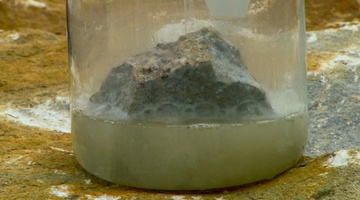
Limestone is an unusual rock in that it fizzes when dilute acid is placed on its surface. It is the presence of calcium carbonate that is responsible for this. The calcium carbonate content of ...
READ MORE

Calcium carbonate is the principal mineral component of limestone. Its chemical and physical properties lie behind the modern-day uses of limestone as well as the unique limestone landscapes of ...
READ MORE

Limestone is one of the most common sedimentary rocks found in New Zealand. Eye-catching features such as caves, sinkholes and spectacular skyline landscapes are often associated with limestone ...
READ MORE

In this activity, students view the interactive Calcination – lime from limestone, which shows the industrial processing of limestone into lime, and use the information to complete a matching ...
READ MORE

In this activity, students investigate some of the physical, chemical and physiological properties of carbon dioxide gas. In addition, a model demonstrating the amount of carbon dioxide in the ...
READ MORE

In this activity, students view the interactive Limestone’s secrets revealed and then answer graded sets of questions based on the content of the video clips from the interactive. By the end of ...
READ MORE
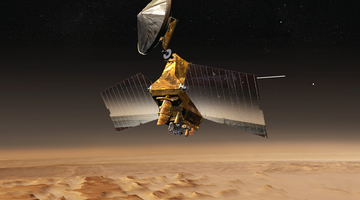
The Planet Four online citizen science project is designed to assist planetary scientists to identify and measure features on the surface of Mars that don’t exist on Earth. Help is needed to ...
READ MORE

Be part of a worldwide movement and use Global Earth Challenge to submit or classify photos to help our planet’s environment and human health. Global Earth Challenge is a citizen science campaign ...
READ MORE

This citizen science project wants your assistance to extract information from various climate scientific graphics to help combat misinformation and support scientific communication. Using this ...
READ MORE
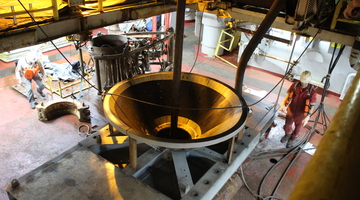
In this recorded professional learning session, Lyn Rogers and guest Aliki Weststrate from GNS Science explore some of the science involved in building our understandings of natural hazards ...
READ MORE
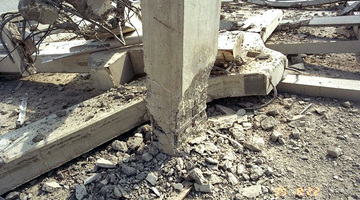
About 14,000 earthquakes are recorded in and around Aotearoa New Zealand every year. Canterbury’s 7.1 and Kaikōura's 7.8 magnitude earthquakes and subsequent aftershocks show the constant threat ...
READ MORE

As science and technology advance, ethical issues are brought to the fore not only for scientists and technologists but also for the general public. The New Zealand Curriculum (NZC) reflects this ...
READ MORE
Professor Kate McGrath, of the MacDiarmid Institute, explains the process by which organisms that have hard structures such as bone and shell deposit mineral-rich hard tissues. The process is ...
READ MORE
Eminent sedimentary geologist Professor Cam Nelson from the University of Waikato, on site in the King Country, explains how Oligocene limestones express themselves in the New Zealand landscape ...
READ MORE
Professor Cam Nelson is on site at the Mangapohue Stream in the King Country. Cam explains how the karst landscape in this region has developed from the slow dissolution of limestone rock as a ...
READ MORE
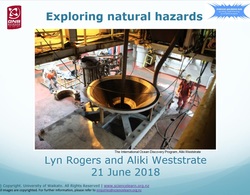
This is the slideshow that supports the Exploring natural hazards PLD webinar. Use the Slideshow menu for further options, including view full screen, and go here for the download option.
READ MORE

In this interactive, learn about limestone’s origins, formation, properties. To use this interactive, move your mouse or finger over any of the labelled boxes and click to obtain more ...
READ MORE

Lime, produced by calcining limestone, plays a key role in a multitude of industrial, manufacturing and agricultural processes. This interactive outlines the process steps taken at the McDonald’s ...
READ MORE